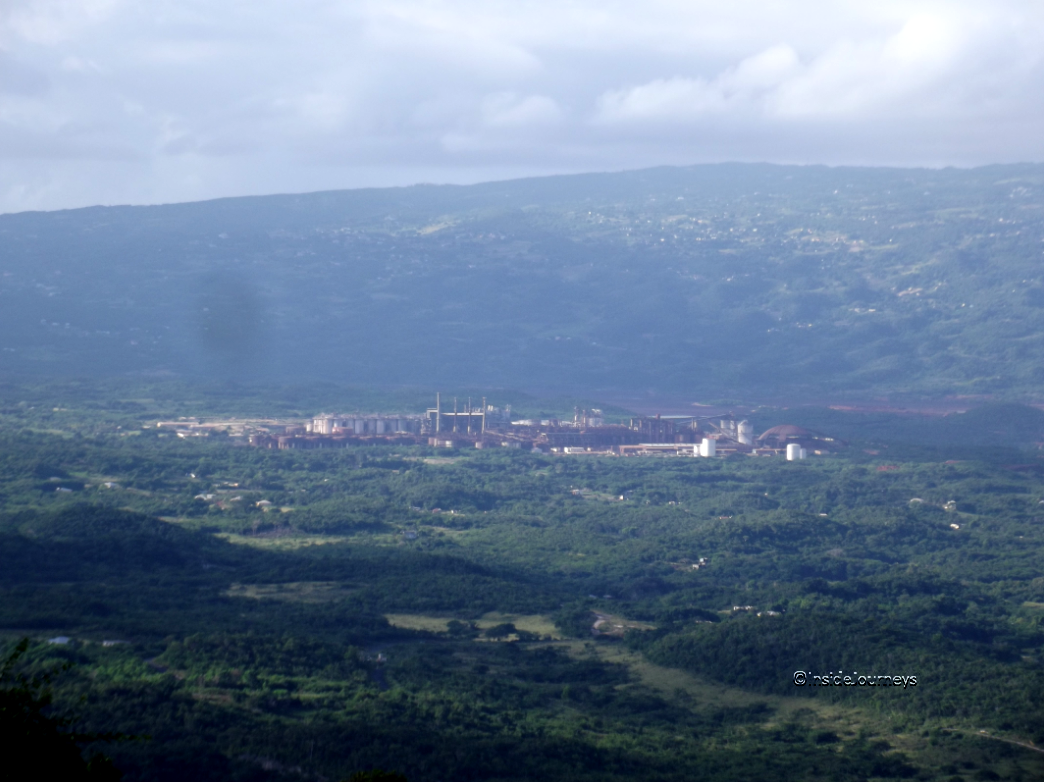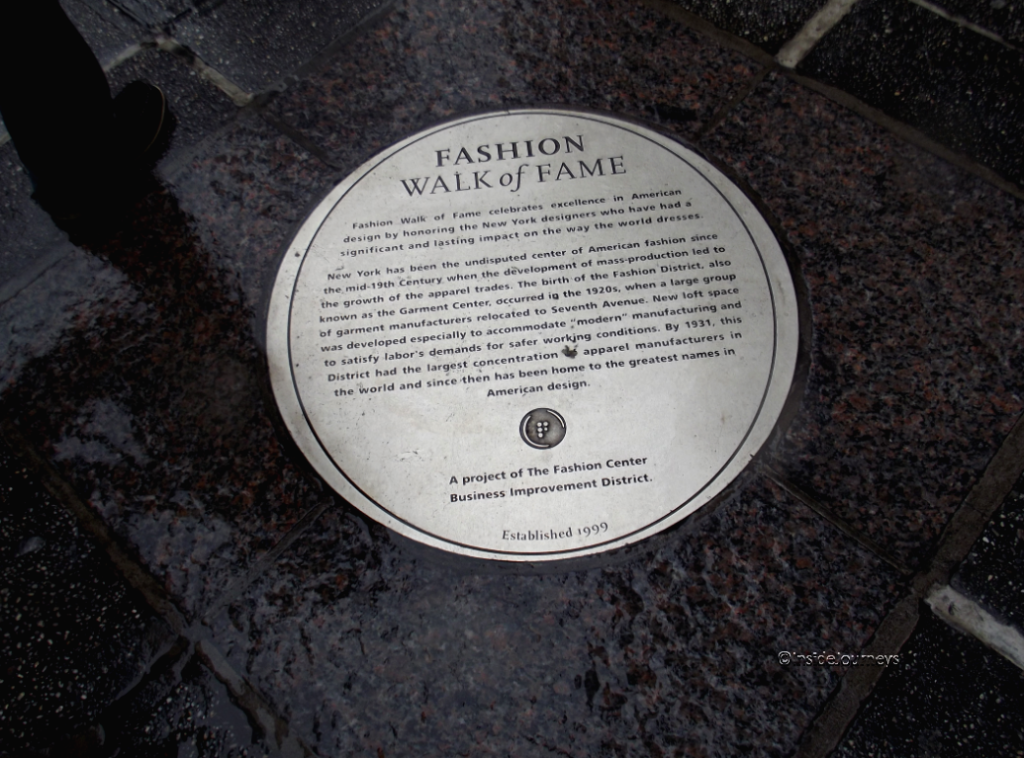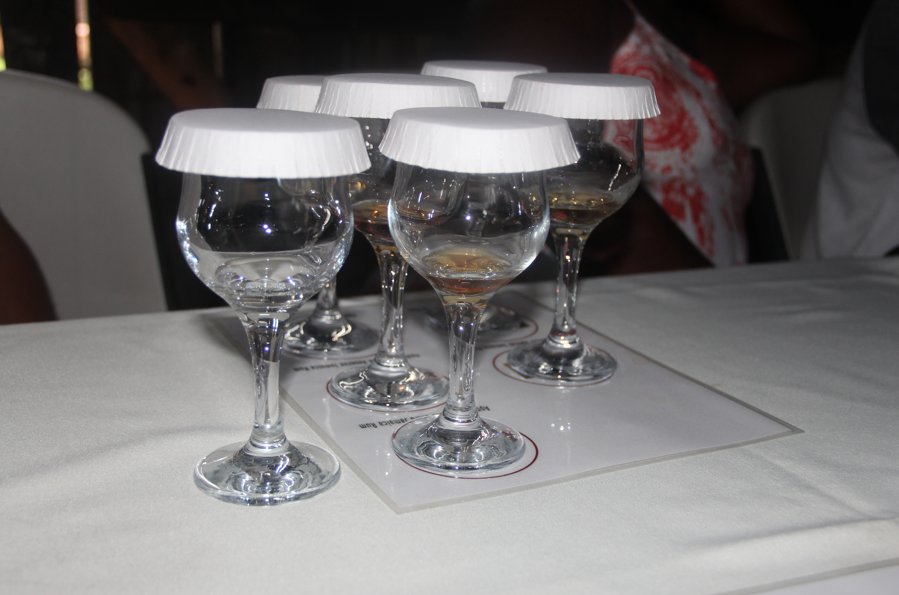“When life gives you rocks,” Ahhh…Ras Natango Gallery and Garden‘s Tamika Williams said, “you make a rock garden!” That’s exactly what Tamika and her husband Ian Williams did with the half acre property they bought 25 years ago. Now, it’s a beautiful garden and gallery, a prominent eco-tourism spot in the small community of Camrose, near Montego Bay, and a fine example of “community tourism” at work.
The idea behind community tourism, which was pioneered in 1978 by local tourism consultant, Diana McIntyre-Pike and Desmond Henry, a former director of tourism, is to use tourism to promote sustainable development in rural areas by bringing visitors to communities where they wouldn’t normally go so that they’d explore and enjoy local resources and talent and meet Jamaicans where they live.
I visited Ahhh….Ras Natango Gallery and Garden earlier this year and heard from Ian and Tamika how they had transformed their piece of rock into their own idea of paradise on earth and got the community of Camrose involved by employing young people, working with the local schools by teaching students art, crafts, how to tend a garden and the benefits of composting. Their story is one of courage and determination, despite the odds, to breathe life into a vision.
I wrote about the couple and their garden yesterday but I wanted to share some of the flowers and other items I saw for today’s Travel Photo Thursday. Enjoy!
“Who takes a hillside and turns it into this?” Tamika Williams

When I asked Tamika what the garden had taught her, she responded without hesitation that it had shown her how to be patient and gentle, and to appreciate everyone. “You can’t appreciate the rose,” she said with a twinkle in her eye, “without accepting the thorns.”






Rock painting of three of the eighteen endemic species that can be seen at Ahhh…Ras Natango Garden and Gallery. Twenty-four species are endemic to Jamaica.





Ahhh…Ras Natango Gallery and Garden is located in Camrose, St. James, about 20 minutes from Montego Bay. Entrance $30. A free shuttle service is available from town. Hours – 10:00 a.m. to 6:00 p.m. on weekdays; on weekends by appointment only. 876-578-2582.
This is my submission to Travel Photo Thursday, which is organized by Nancie at Budget Travelers Sandbox. Be sure to head over and check out more photos from locations around the world.







































